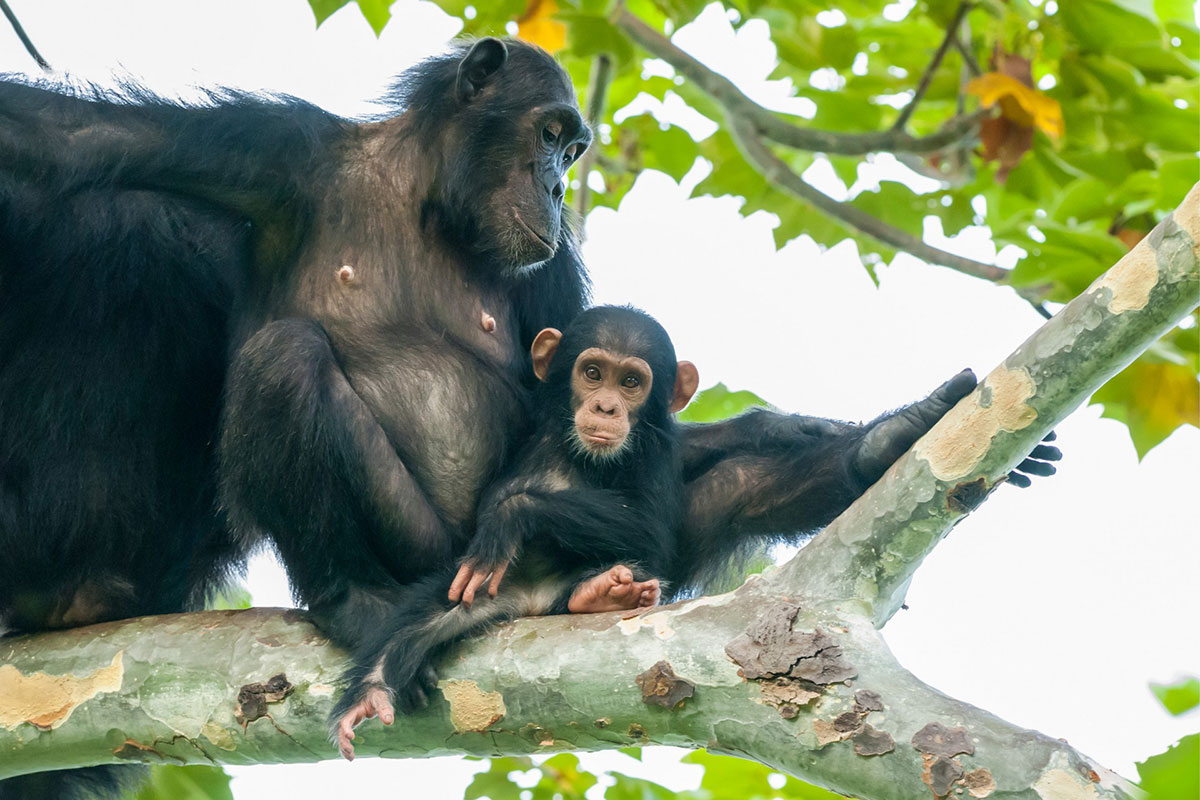
The Giraffe Manor Kenya
November 26, 2024
Are There Chimpanzees in Tanzania?
November 26, 2024Discover the Maasai Ethnic Group in Kenya
Maasai ethnic group in Kenya — The Maasai are one of Africa’s most renowned and culturally rich ethnic groups, celebrated for their vibrant traditions and colorful attire. As Kenya’s most well-known cultural group, the Maasai people have preserved their unique way of life despite modern influences. Their semi-nomadic lifestyle, steeped in tradition, makes visiting the Maasai a highlight of any trip to Kenya. Primarily residing in Kenya and northern Tanzania, the Maasai can often be seen in regions like the Maasai Mara National Reserve and Lamu.
During your visit, you’ll have the chance to learn about their fascinating culture, traditional lifestyle, and distinctive clothing, making it an enriching and unforgettable experience.
What to Experience When Visiting the Maasai Ethnic Group
The Maasai Way of Life
The Maasai are semi-nomadic herders, living in traditional homes called bomas. Livestock, particularly cattle, is central to their culture and economy, symbolizing wealth and success. Their diet primarily consists of cattle and goat products such as milk, meat, and occasionally blood.
The Maasai society is structured by age groups, including children, junior warriors, senior warriors, junior elders, and senior elders. Young men must undergo initiation ceremonies, such as circumcision, to transition into warrior status before marriage.
Religion also plays a vital role in their lives, and the Maasai worship a deity called Enkai. Visitors often experience the Maasai’s warmth and hospitality through their captivating songs, traditional dances, and the famous jumping dance performed by young warriors to demonstrate strength and agility.
Cultural Traditions
The Maasai are known for their vibrant ceremonies and rituals. One of their most famous traditions is the adumu, or warrior jumping dance, where Maasai men leap into the air in a standing position to showcase their energy and stamina.
Colorful Clothing and Adornments
Maasai attire is characterized by their brightly colored shukas (traditional wraps) and elaborate beadwork. Both men and women wear intricate, handmade beaded jewelry that reflects their culture and identity. Maasai men often dye their hair red and adorn it with finely plaited sisal fibers as part of their traditional styling.
Language
The Maasai people speak the Maasai language, an Eastern Nilotic language closely related to Samburu and Camus, spoken in Kenya. Most Maasai also speak Swahili, the official language of East Africa, making it easy for visitors to communicate.
Popular Kenya Safari Packages Featuring the Maasai Culture
- 4-Day Masai Mara Safari
- 5 Day Kenya Wildlife Safari
- 6 Day Kenya Game Safari
- 9 Day Best of Kenya Safari
- 12 Day Ultimate Kenya Wildlife Safari
- 15 Day Kenya Explorer
How to Book Your Safari to Visit the Maasai
Booking your safari to Kenya, including a visit to the Maasai communities, is simple. Once you’ve confirmed your travel dates, contact us via email to check service availability. After confirming all details, we’ll provide a draft itinerary for your review. Once finalized, we’ll send an invoice to secure your booking with a deposit.
It’s best to book at least 2-3 months in advance, especially if you plan to travel during the peak season (June to October).
Kenya Tourist Visa
To visit Kenya, you’ll need a tourist visa. Most travelers prefer obtaining their visa online before arrival. The Kenya Tourist Visa costs USD 51.00 and is easily available through an official online portal.
Where to Stay During Your Visit to the Maasai
Accommodation options near Maasai communities range from budget to mid-range and luxury lodges. Your choice will depend on your preferences and budget, and we can help you find the perfect option.
Best Time to Visit the Maasai in Kenya
The Maasai can be visited year-round, but the best times are during the drier months of December to February and June to October. These periods offer more favorable conditions for sightseeing and photography.
Why Book Your Safari with Excursia Adventures?
At Excursia Adventures, we create exceptional, eco-friendly safari experiences that combine adventure, culture, and wildlife conservation. Our trips to Kenya, including visits to the Maasai, are highly rated on TripAdvisor and tailored to offer unforgettable memories. We emphasize sustainable tourism, ensuring your journey supports local communities and helps conserve Kenya’s rich biodiversity.
In addition to exploring Maasai culture, our safaris include activities like gorilla trekking, Big Five safaris, game drives, boat cruises, and mountain hikes. We also offer cross-border adventures to top destinations like Tanzania, Botswana, and Namibia.




